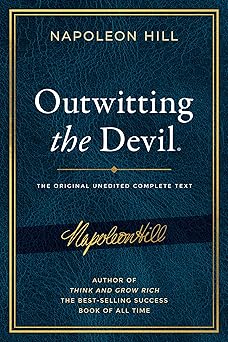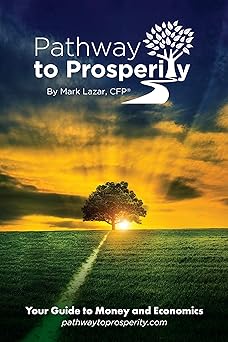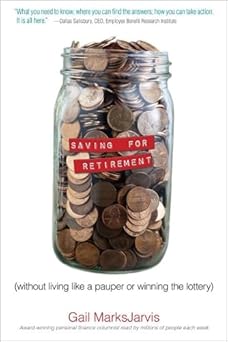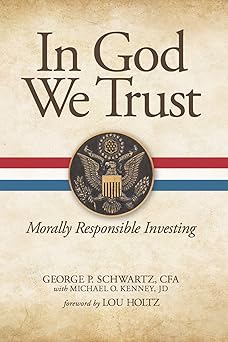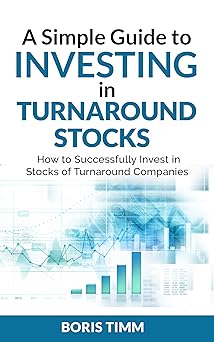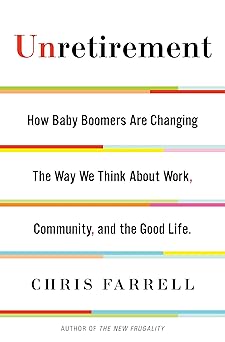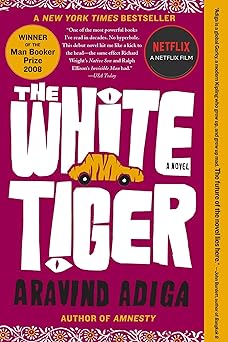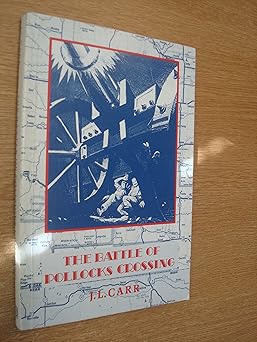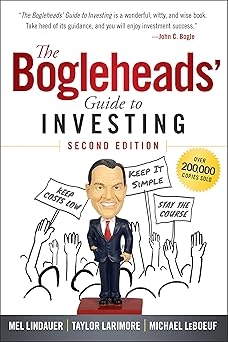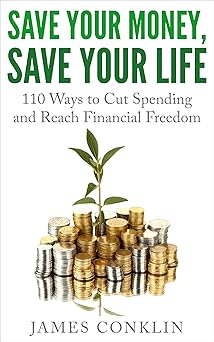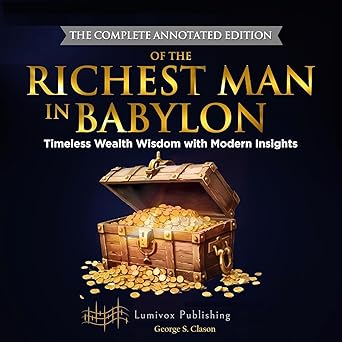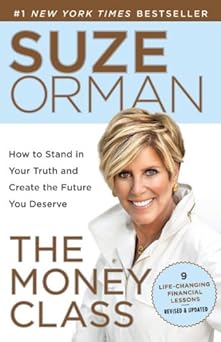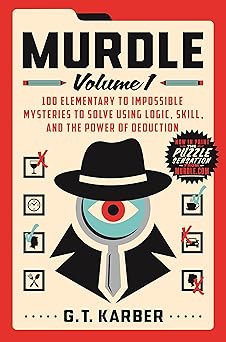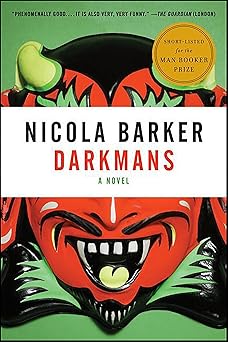
This story is a wild ride, a playful look at how the past can mess with our present. It’s full of unusual characters and surprising events, all tied together in a way that makes you question what's real and what’s just a trick of memory. There’s a sense of something hidden, something unsettling just beneath the surface of everyday life. It's like those times when you're walking down the street and suddenly feel like you've been here before, a strange familiarity that you can't quite place. That feeling, that sense of being haunted by something you can’t see, is what this story captures so well. It’s a story about how history isn't always neat and tidy, how it can come back to haunt us in unexpected ways, and how sometimes, the jokes history plays on us can be pretty dark. One moment you’re laughing at a silly character, the next you’re pondering something deeply unsettling about the nature of time and memory. It’s a book that stays with you long after you’ve finished reading, prompting you to look at the world around you with a more questioning eye. I remember once, a friend told me about a dream she had, a vivid, recurring dream that felt incredibly real. It wasn't frightening, but deeply unsettling, as if a part of her was living a different life. This book has a similar feeling, like stepping into a dream world where the rules don't quite apply, and the past is always lurking. The people you meet are odd, their actions sometimes inexplicable, but there's a strange logic to it all, a sense that everything is connected in a way you just have to trust.
The story takes place in a town called Ashford, a place that seems ordinary at first glance, but is revealed to be full of secrets and hidden stories. It explores themes of love and jealousy, but in a way that’s far from straightforward. We meet characters like John Scogin, a jester who enjoyed burning people alive for fun, and Andrew Boarde, a doctor who wrote about him. Then there’s a man protecting a woods with a sword and a dog, and a woman struggling with eating and bone problems. Each of these characters adds a layer to the story, contributing to the overall sense of chaos and uncertainty. It’s a sprawling narrative, jumping between different time periods and perspectives, blurring the lines between reality and imagination. It's also a story about how we try to make sense of the past, how we try to understand the events that have shaped us, but often end up creating our own versions of the truth. It feels like the past isn’t just something that happened; it's a living force, a presence that influences the present and shapes our understanding of ourselves. It is a story about how things get lost and found, about how memories fade and distort, and about how the stories we tell ourselves can be just as important as the events themselves. It reminds you that history isn’t a set of facts to be memorized, but a collection of perspectives, biases, and interpretations.
It's a really unique book, like nothing I've read before. It is a story about the Thames Gateway, but it's more than just a story about a place. It’s about the way the past and present intertwine, about the way stories shape our understanding of the world, and about the strange and wonderful things that can happen when we least expect them. It isn’t afraid to be silly, to be unsettling, and to challenge our expectations. The book is like a puzzle, with pieces scattered across time and space. It asks questions about who is telling the stories we hear and why. It makes you think about the power of memory, the nature of reality, and the ways in which history can both haunt and inspire us. It's a book that invites you to lose yourself in its world, to embrace the unexpected, and to question everything you thought you knew. It stays with you, not because it gives you easy answers, but because it makes you think, feel, and imagine in new ways.
It’s a journey into a place that feels both familiar and utterly strange. The feeling is like a half-remembered dream, that lingering sense of déjà vu when you walk down a street and think, “I'm sure I’ve been here before.” It's a feeling that settles deep, a subtle unease that makes you question the solidity of your surroundings. I remember a time when my grandmother, a woman who rarely expressed anything beyond gentle smiles, suddenly confessed to a recurring feeling that she was living a life that wasn't entirely her own. She couldn't explain it, and neither could I, but there was a deep sadness in her voice that hinted at a reality just beyond our grasp. This story evoked that same feeling, that sense of being on the edge of something profound, something that might shatter the comfortable illusion of everyday life. The narrative weaves together seemingly disparate events and characters, creating a tapestry of interconnectedness that slowly reveals itself. It’s a bit like sifting through old photographs, piecing together fragments of memory to understand a larger story. The humor is often dark and unsettling, a reminder that even in the midst of laughter, there can be a quiet melancholy. There are moments of genuine absurdity, but they are always grounded in a deeper sense of human vulnerability and longing. It’s the kind of book that lingers in your mind long after you’re finished, prompting you to re-examine your own memories and perceptions. The peculiar nature of the people you encounter, and the unexpected turns the plot takes, all contribute to this pervasive sense of wonder and disorientation. It's a story where nothing is quite as it seems, and where the truth is always just beyond your reach. The way it blends humor with darkness, reality with imagination, is truly remarkable.
The setting itself becomes a character, a place brimming with secrets and unspoken histories. There's a palpable sense that the land remembers everything that has happened upon it, and that those memories seep into the lives of those who inhabit it. You meet individuals bound together by unexpected connections, each grappling with their own demons and desires. A man's actions are documented by another, a protector guards a wilderness, and a woman’s body struggles to sustain her. These individuals aren't simply characters in a story; they are fragments of a larger narrative, each contributing to the overall sense of mystery and intrigue. The story hops across time, shifting perspectives and blurring the lines between what is real and what is imagined. It explores themes of love and jealousy, but in a way that is far from conventional. It doesn't offer easy answers or simple explanations. Instead, it invites you to delve into the complexities of human nature and the enduring power of the past. It is a thoughtful exploration of how we try to make sense of our lives, how we construct our memories, and how easily those memories can be distorted or manipulated. The book is a reminder that the past is not something that is simply behind us; it is a living force that shapes our present and influences our future. It challenges us to question our assumptions and to consider alternative perspectives. It's also a book about loss, about the things we leave behind, and about the stories we tell ourselves to cope with grief and pain.
It’s more than just a story; it's an experience. It’s a work of art that defies easy categorization. It’s playful and inventive, yet deeply poignant. It's unlike anything I've encountered before, and it has left a lasting impression on me. It asks essential questions about the nature of truth, the power of storytelling, and the enduring mystery of human existence. It reminds us that history is not a fixed and immutable record of events, but rather a collection of perspectives, biases, and interpretations. It’s a book that encourages us to embrace ambiguity, to question our assumptions, and to appreciate the beauty of the unexpected. It's a book that will stay with you long after you’re finished reading, prompting you to look at the world around you with a more questioning eye. It isn't about finding answers; it's about embracing the questions themselves. It leaves you with a sense of wonder and a desire to explore the mysteries of life with a newfound sense of curiosity. It's a book that challenges you to think, to feel, and to imagine in new ways, and for that, it is truly remarkable.
Rating: 5.0 / 5.0
This story is a bit strange and unusual, and it sticks with you even after you finish reading. It’s full of odd characters and events that don's always make sense at first. It feels like wandering through a half-remembered dream, where the past and present blend together in unexpected ways. It can be funny and dark at the same time, and it asks important questions about how we remember things and how stories shape our understanding of the world. It’s not a book that gives you easy answers, but it’s a rewarding experience if you’re willing to embrace the mystery and let yourself get lost in its unique atmosphere. It's a book that will make you think and feel, and leave you pondering its secrets long after you're done.
